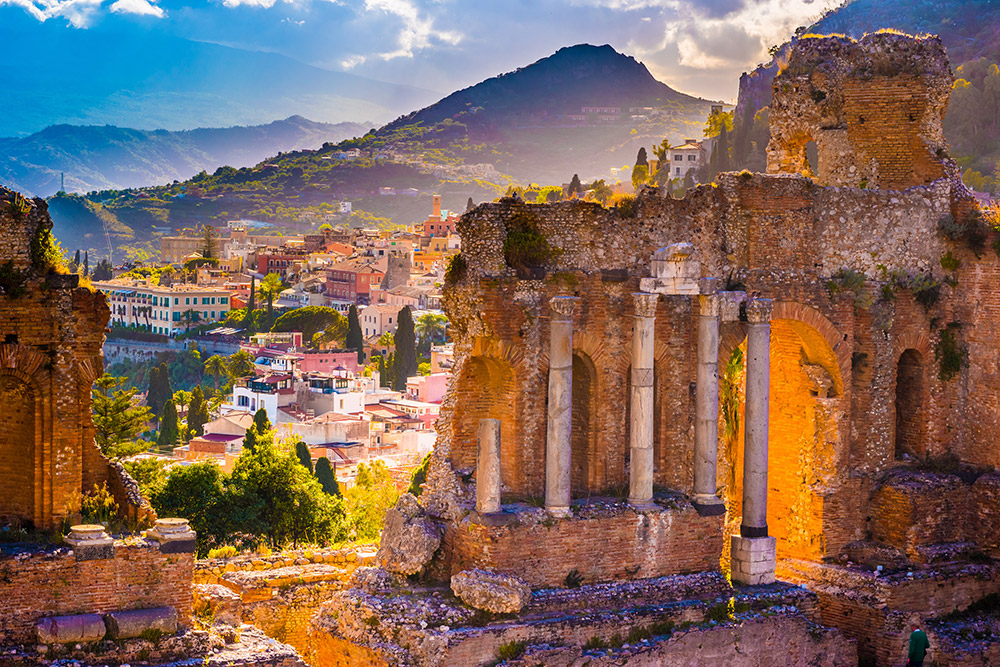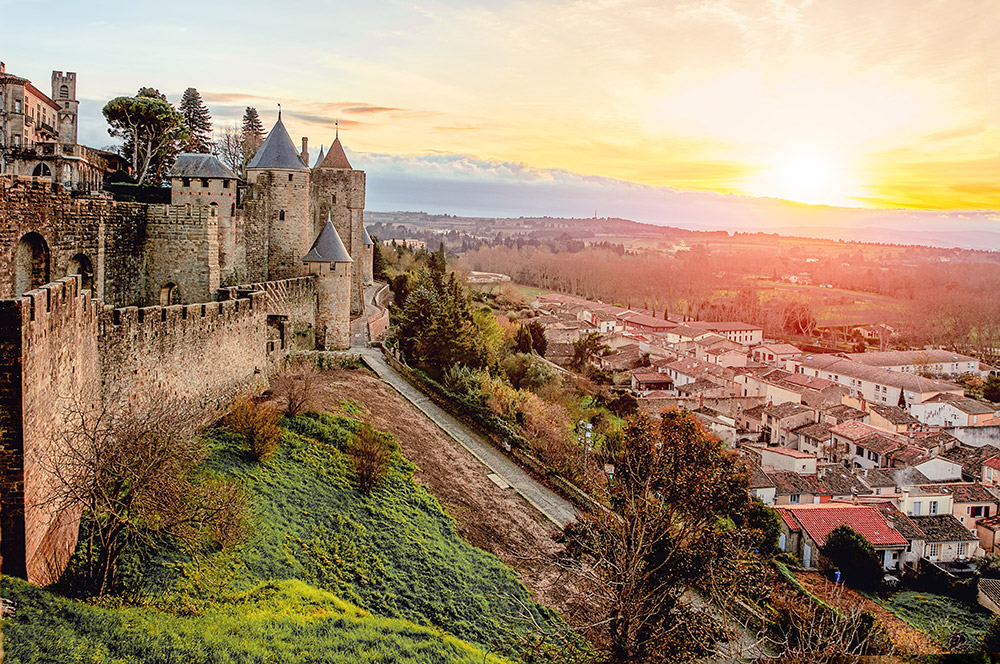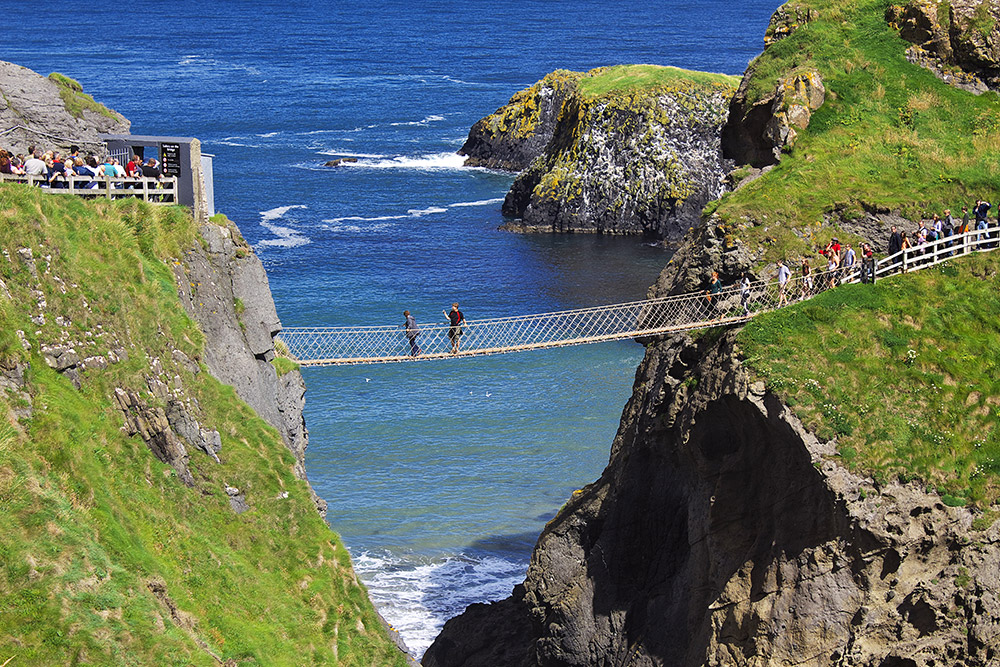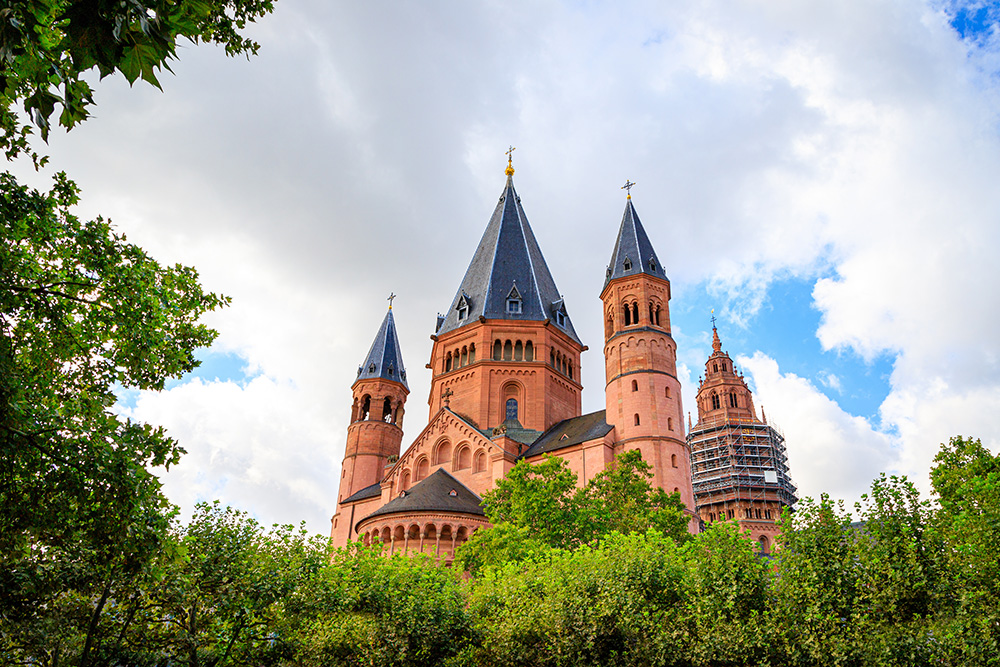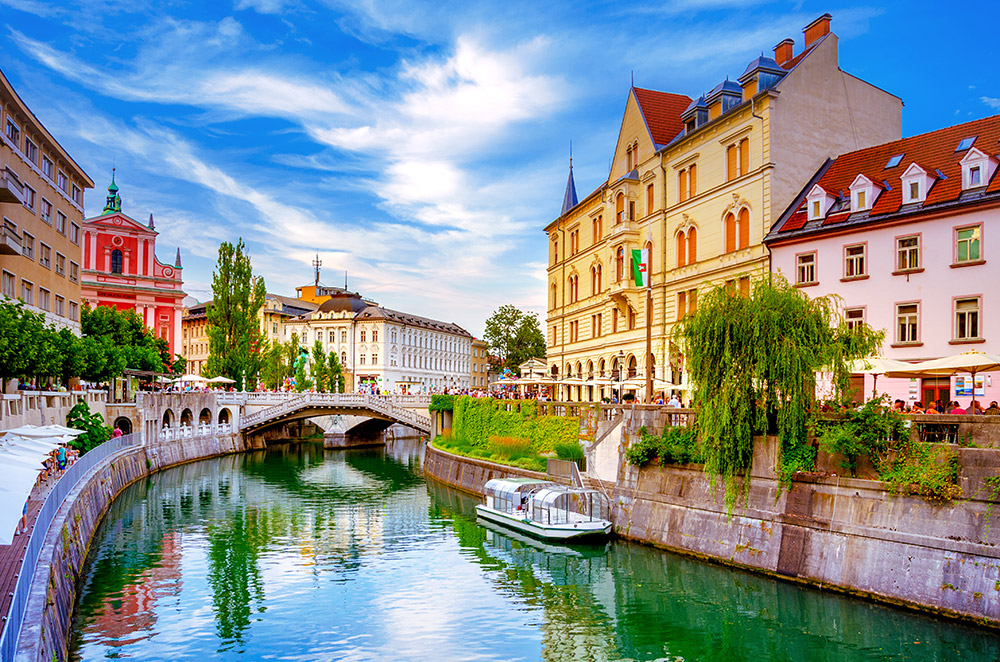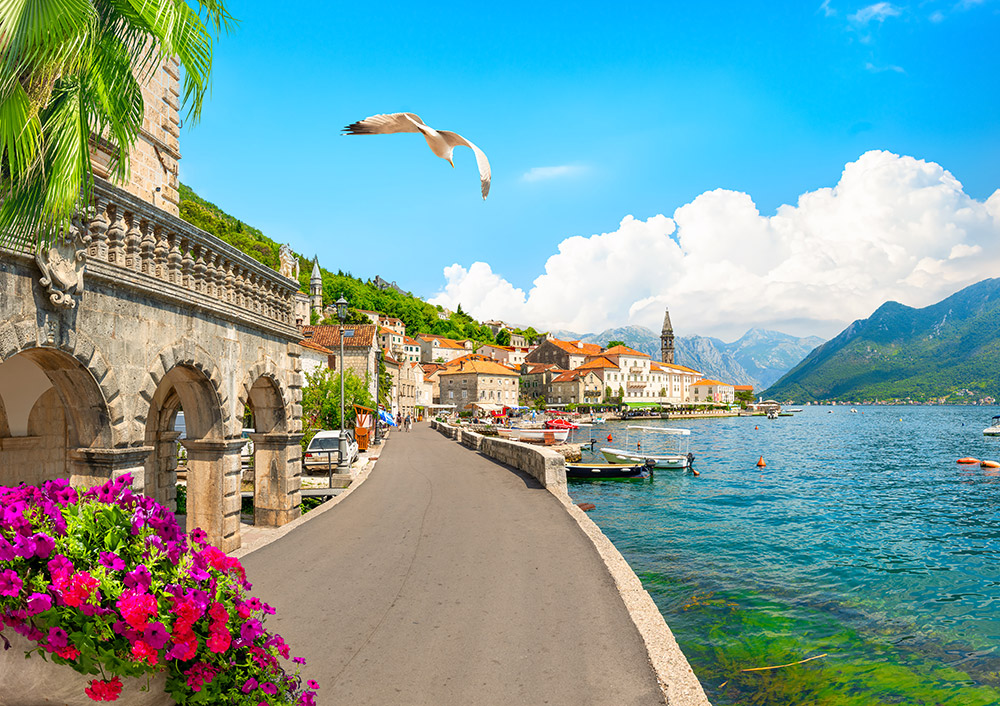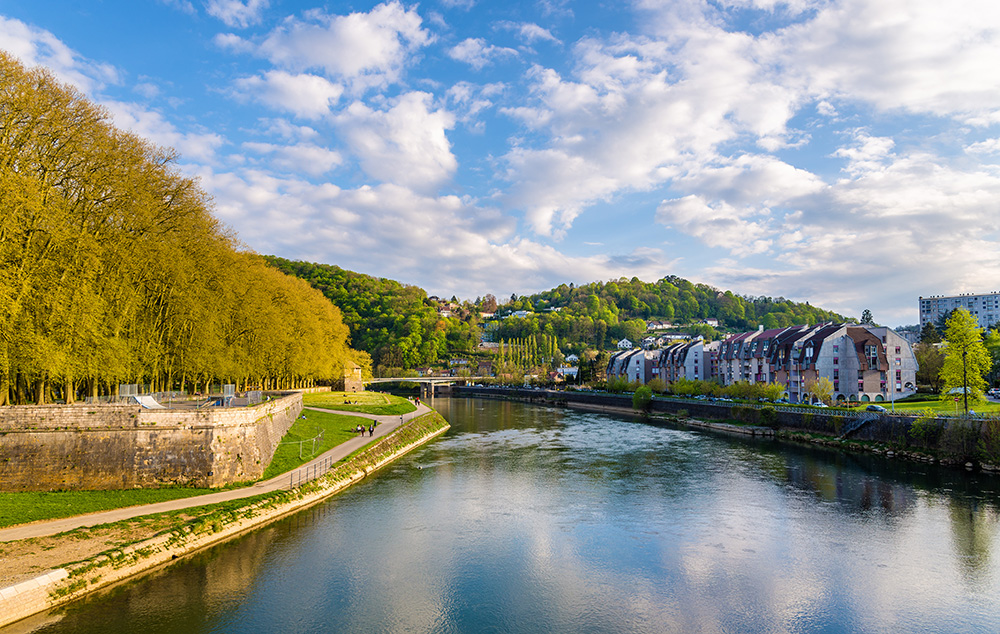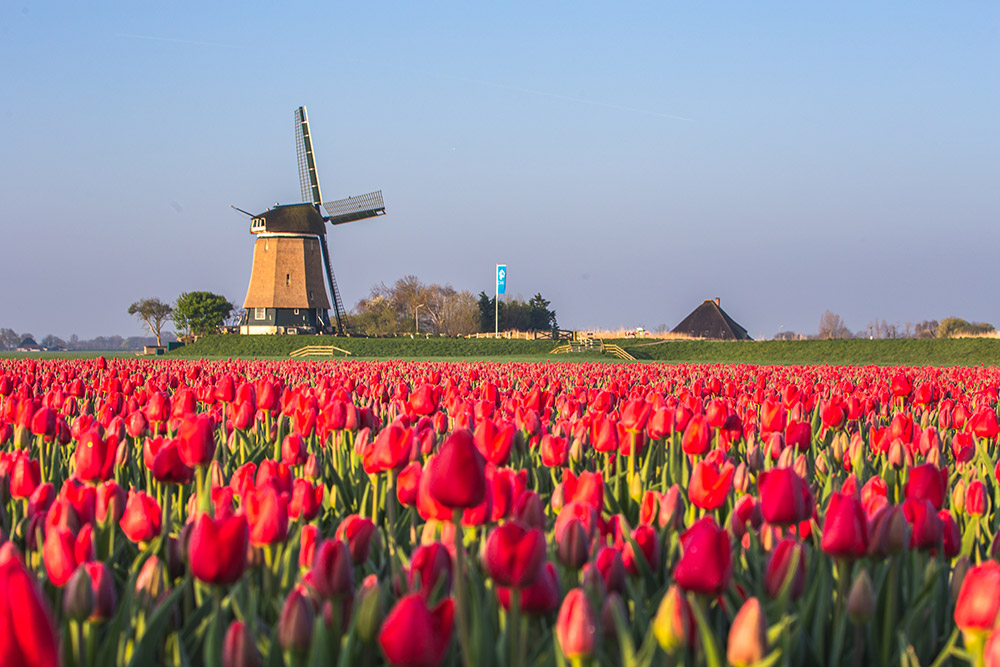Rome, the capital of Italy, is a city teeming with possibilities, boasting a wide range of archaeological sites, historic landmarks, museums, markets, cultural venues, and entertainment options. To fully immerse yourself in the city’s wonders, it’s advisable to plan a stay of several days.
To get you started with your planning, here are some of Rome’s key attractions:
The Colosseum: Also referred to as the Flavian Amphitheatre, this ancient Roman arena was constructed between 70-80 AD, and it hosted gladiator fights, hunts, and other performances in front of audiences of up to 80,000 spectators.
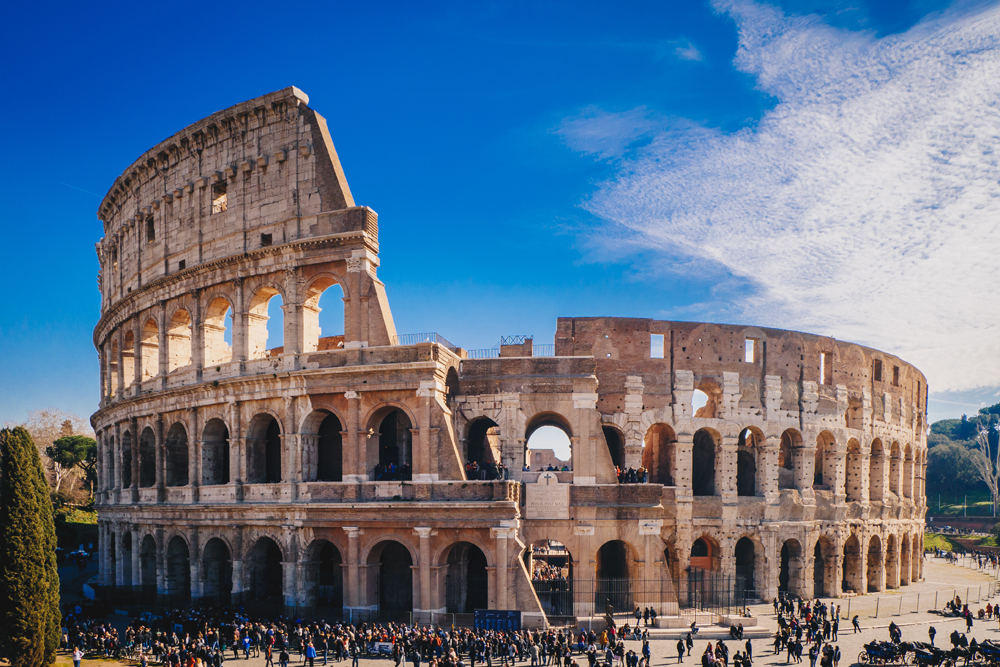
The Roman Forum: Serving as the hub of political, religious, economic, and social life in ancient Rome, this expansive site boasts important structures such as temples, government buildings, and public spaces. The Forum played a central role in Roman history, featuring landmarks like the Arch of Constantine and the Arch of Titus.
Capitoline Hill: One of Rome’s seven hills, Capitoline Hill holds historical significance as a symbolic center of the ancient city. The Capitoline Museums located on the hill house an impressive collection of art and artifacts. Piazza del Campidoglio, designed by Michelangelo, lies at its heart, and it features the bronze statue of Emperor Marcus Aurelius.
Piazza Venezia: This piazza is dominated by the Altare della Patria monument, also known as the Victor Emmanuel II Monument, which commemorates Italy’s first king and the Tomb of the Unknown Soldier. The terrace of the monument offers breathtaking panoramic views of the city.
Palatine Hill: One of Rome’s seven hills, Palatine Hill is steeped in historical significance as the legendary birthplace of the city. Over time, it became an upscale residential area for emperors and aristocrats.
The Pantheon: Initially constructed as a temple for Roman gods around 120 AD, the Pantheon’s most distinctive feature is the domed roof with the “Oculus,” an open central space—a true architectural wonder.
Vatican City: An independent city-state within Rome, Vatican City serves as the spiritual and administrative center of the Catholic Church. It boasts the grandeur of St. Peter’s Basilica and the cultural treasures of the Vatican Museums. It is a tiny sovereign state and a global hub of religious and artistic heritage.
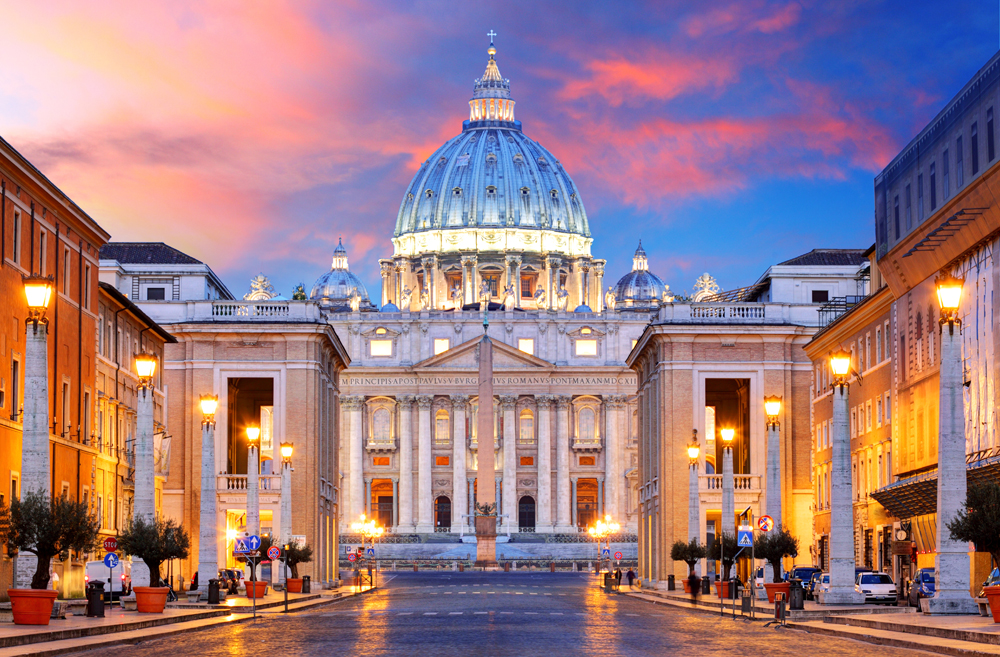
Castel Sant’Angelo: A historical fortress, Castel Sant’Angelo was once Emperor Hadrian’s Mausoleum. It served diverse roles as a fortress, papal residence, and even a prison. Today, it is a museum, offering a glimpse into its storied past and providing panoramic views of Rome from its rooftop terrace.
Keyhole of Aventine: A beloved curiosity located on the Aventine Hill, this keyhole offers a breathtaking framed view of a garden and St. Peter’s Basilica, providing a truly unique perspective.
Piazza Navona: A vibrant public square in Rome, Piazza Navona is known for its unique Baroque architecture and vibrant atmosphere. Originally built as a Roman hippodrome, the square features three fountains, including Gian Lorenzo Bernini’s masterpiece, the Fountain of the Four Rivers.
Trevi Fountain: This Baroque-style fountain dates back to the late 18th century. It boasts a magnificent sculptural centerpiece featuring Neptune and mythical creatures, and it has become traditional for visitors to toss coins into the fountain, signaling their hope to return to Rome.
The Spanish Steps (Piazza di Spagna) is an 18th-century monumental stairway connecting Piazza di Spagna and Piazza Trinita Dei Monti. These steps serve as a popular meeting spot, and they hold cultural and aesthetic significance, drawing tourists and locals to their charming surroundings. At the base of the steps, you’ll find the Barcaccia Fountain by the artist Giovanni Lorenzo Bernini.

Villa Borghese Gardens: A spacious public park celebrated for its natural beauty, sculptures, and cultural attractions, the gardens were originally established in the 17th century as a private estate for the Borghese family. The gardens now feature meticulously designed areas, walking paths, museums, and sculptures.
Piazza del Popolo: The square boasts an Egyptian obelisk, twin churches, and a central fountain. The expansive area and architecture, highlighted by the Porta del Popolo gate, present an enchanting fusion of ancient and Renaissance elements. Pincian Hill (Pincio) stands above the square offering panoramic city views. The hill’s gardens, designed in the 19th century, provide a tranquil retreat with walking paths, fountains, and lush greenery.
Trastevere: A charming neighborhood located on the western bank of the Tiber River, Trastevere is known for its narrow streets, colorful buildings, and lively atmosphere. It is a fusion of local culture, artisanal boutiques, restaurants, and cafes, making it a popular destination for both tourists and locals seeking an authentic and vibrant side of the city.
The Jewish Ghetto: This area is steeped in cultural and religious heritage. Established in the 16th century, the ghetto was a segregated area where the Jews were required to live. Today, the neighborhood is characterized by narrow streets, synagogues, kosher restaurants, and shops.
Gianicolo Terrace: From the terrace, you can enjoy a breathtaking view of the city.
Baths of Caracalla: These ancient Roman public baths, constructed between 212 and 217 AD during the reign of Emperor Caracalla, included a range of facilities such as hot and cold rooms, libraries, gardens, and fitness areas.
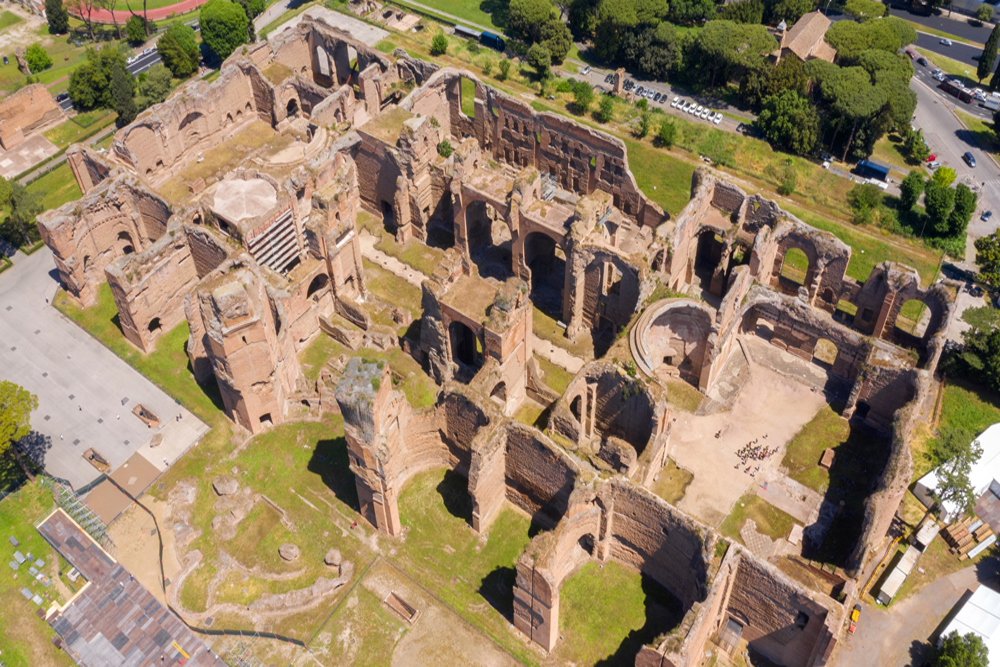
Museums: Rome boasts an extensive array of museums. Here are some not-to-be-missed recommendations:
The Vatican Museums: The museums house a vast and diverse collection of historical art and artifacts featuring a wide range of works of art, sculptures, tapestries, and historical relics accumulated by various popes over many centuries. The crown jewel of the museums is the Sistine Chapel, adorned with Michelangelo’s iconic ceiling frescoes. The vast assortment of masterpieces spanning different eras and cultures attracts millions of visitors each year.
Capitoline Museums: Positioned on Rome’s Capitoline Hill and established in the 15th century under the patronage of Pope Sixtus IV, these museums house a comprehensive array of ancient Roman sculptures, works of art, and artifacts. The collection is exhibited in several buildings, including Palazzo dei Conservatori and Palazzo Nuovo.
Borghese Gallery: The magnificent Villa Borghese houses a remarkable collection of sculptures, paintings, and decorative arts. The gallery boasts works by renowned artists such as Bernini, Caravaggio, Raphael, and Titian, and it is particularly renowned for its sculptures, including Bernini’s “Apollo and Daphne” and “David.”
The National Roman Museum: The museum includes complexes at four sites throughout the city, and it is dedicated to preserving and showcasing the extensive archaeological heritage of ancient Rome. Attractions include the Baths of Diocletian, Palazzo Massimo alle Terme, Palazzo Altemps, and the Crypta Balbi. The museum’s collections encompass a wide range of items, including sculptures, reliefs, coins, and everyday objects, offering a glimpse into the daily life, art, and history of ancient Rome.
Palace Galleries: The palace galleries encompass a wide variety of art forms, including paintings, sculptures, furniture, and decorative arts from different periods. Prominent artists represented in the collection include Caravaggio, Velázquez, Titian, and Bernini.
Ara Pacis Museum: The Ara Pacis Augustae, also known as Ara Pacis, is an ancient Roman altar dedicated to the Roman goddess of peace, Pax. Commissioned by Emperor Augustus and completed in 9 BCE, it is a significant artistic and historical monument. The intricate reliefs on the altar depict scenes of Augustan family members, allegorical figures, and mythological themes. It serves as a visual representation of Augustus’ efforts to promote peace and stability during his reign. The Ara Pacis is located within a modern enclosure designed by architect Richard Meier, preserving both the artistic brilliance and political symbolism of ancient Rome, offering insights into the cultural and ideological values of that era.

Markets: Rome boasts a wide range of markets, including:
Campo di Fiori Market: This historical market, with a colorful and vibrant ambiance, offers a variety of fresh produce, flowers, and artisanal products.
Porta Portese Flea Market: Held on Sundays, this market is considered one of the largest and most diverse in the city. Visitors can find a wide array of items, including antiques, clothing, accessories, and household items.
Mercato Trionfale: Located near the Vatican, Mercato Trionfale is a bustling food market offering fresh produce, meats, seafood, cheeses, and gourmet delights. The market provides a glimpse into Italian culinary traditions.
Mercato Monti: Mercato Monti is a trendy market situated in Rome’s Monti district. It is known for its vibrant atmosphere and unique offerings, including vintage clothing, accessories, handmade art, street art, and design pieces.

A visit to Rome is a captivating journey through time and culture. This ancient city boasts a rich tapestry of historical treasures and charming, picturesque neighborhoods and offers a taste of local life, coupled with outstanding cuisine and great shopping opportunities.

